Most SUVs sold today are considered crossovers. That is, they're built atop a car-like unibody chassis and not a rugged "body-on-frame" platform like the Wrangler, 4Runner or Bronco. Crossovers are mostly made for the street, but with enough ground clearance and optional all-wheel drive, many can tackle tougher terrain.
Generally, crossovers don't have the capability that off-road enthusiasts are looking for. For one thing, their unibody construction makes them more susceptible to expensive underbody damage on the trail. For another, their fully independent suspensions lack the wheel articulation of traditional body-on-frame rigs, meaning that it's harder to keep all four tires on the ground when traversing uneven terrain. What crossovers lack on the trail, however, they tend to make up for on the highway. Crossovers ride and handle more like cars and tend to get better fuel economy than traditional SUVs.
Two popular choices for an off-road-ready crossover are the Jeep Cherokee and the Jeep Renegade. The Cherokee is a little roomier and more adept off-road than the Renegade, while the Renegade is smaller, more affordable and, dare we say, a bit more stylish. Both offer a Trailhawk trim, which comes with modifications such as a lifted suspension and all-terrain tires for enhanced off-road capability.
Subaru SUVs are also worth checking out. The Subaru Crosstrek and Subaru Outback, in particular, are well suited for light-duty off-roading. Standard all-wheel drive, ample ground clearance, and raised roof rails that make for easy installation of racks and accessories make the Outback and smaller Crosstrek ideal for getting out to lakes, rivers, campgrounds, trailheads, ski areas and other recreational areas. The Subarus aren't meant to traverse boulder-strewn routes, but they can still handle rough and rutted roads.
Like its larger counterpart, the Bronco Sport is a newer SUV conjuring some of the old Bronco magic. Based on the Ford Escape crossover, the Bronco Sport is a more rugged thing with commendable off-road skill, especially in Badlands trim, which features a trick all-wheel-drive system that can imitate a locking rear differential or even send half the engine's power entirely to one rear wheel or the other. Other strengths include gutsy turbocharged thrust, optimized traction modes and optional all-terrain tires. The Bronco Sport can't match rivals in ride comfort and passenger space, but overall it's a capable and impressive crossover.
Finally, Toyota offers a version of the Toyota RAV4 called the TRD Off-Road with a special all-wheel-drive system broadly comparable to the one on the Bronco Sport Badlands. Toyota also throws in all-terrain tires to make the RAV4 TRD Off-Road a little more capable than the typical small crossover SUV.
Compare Off-Road Crossovers

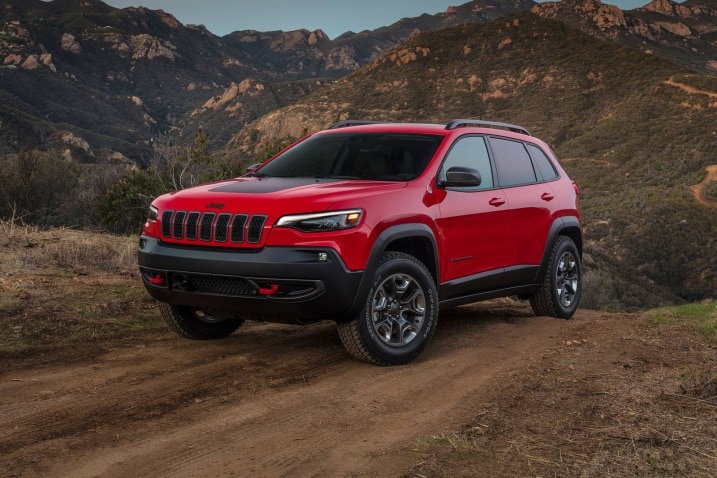
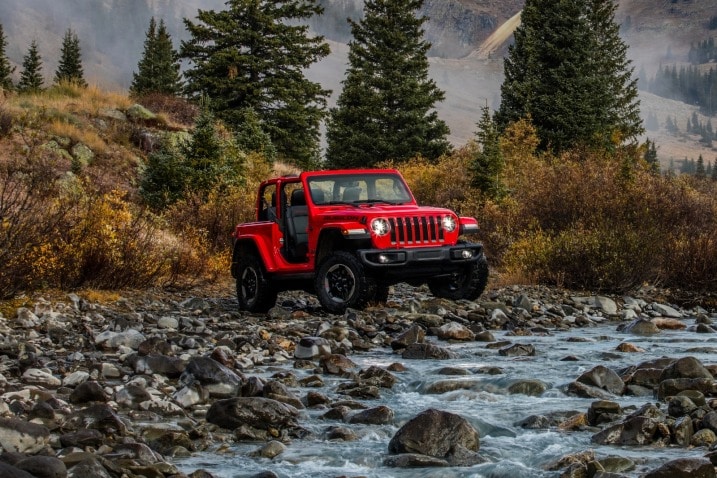
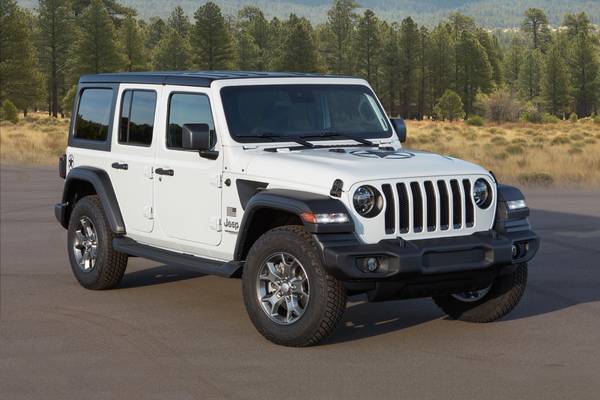
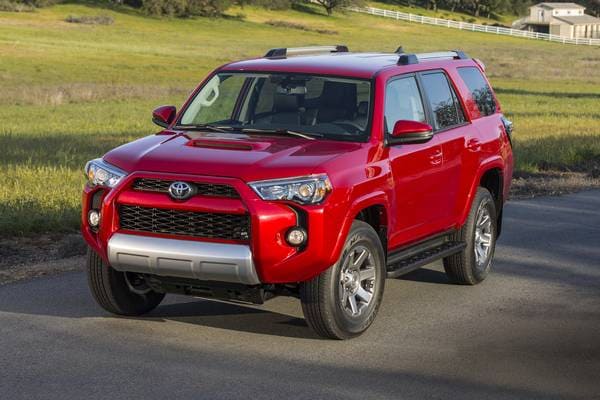
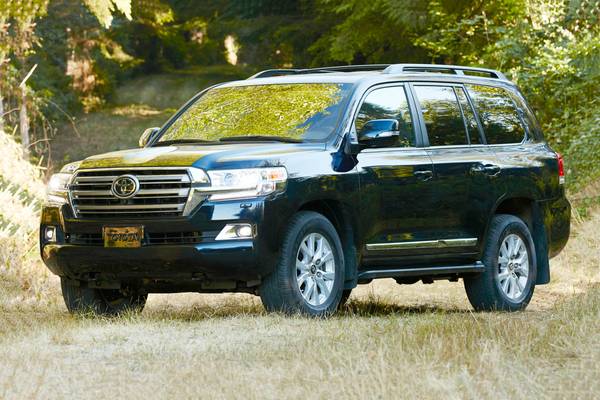
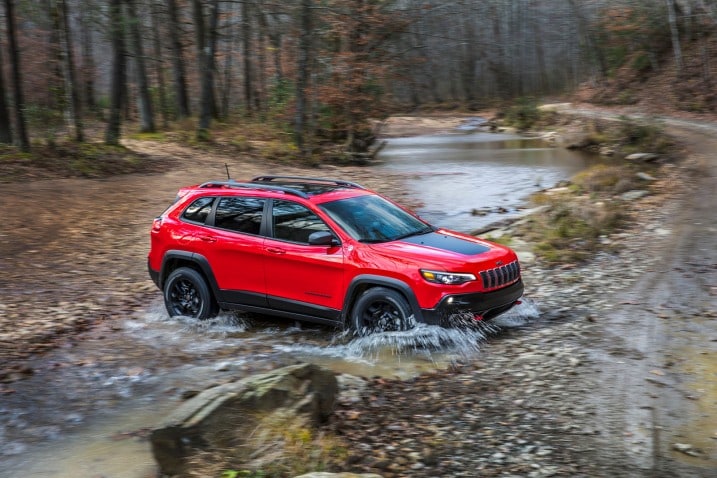
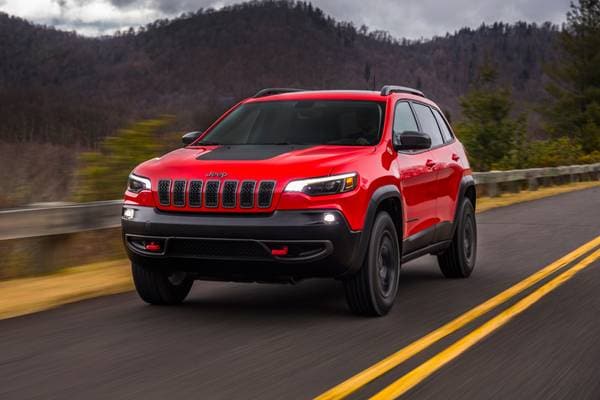
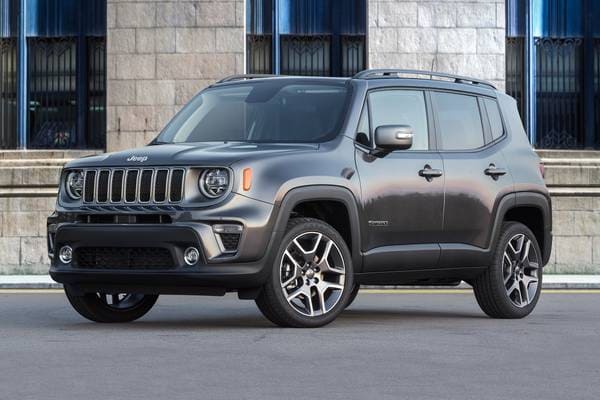
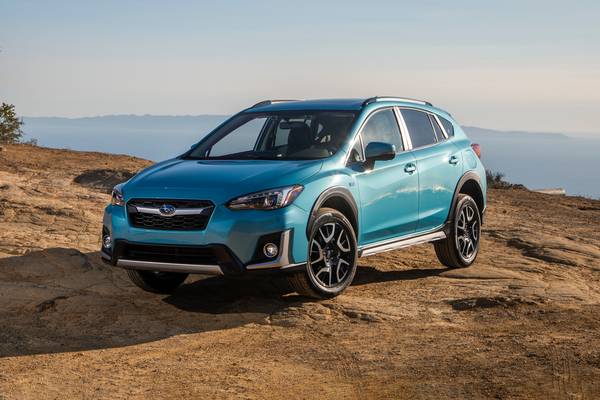
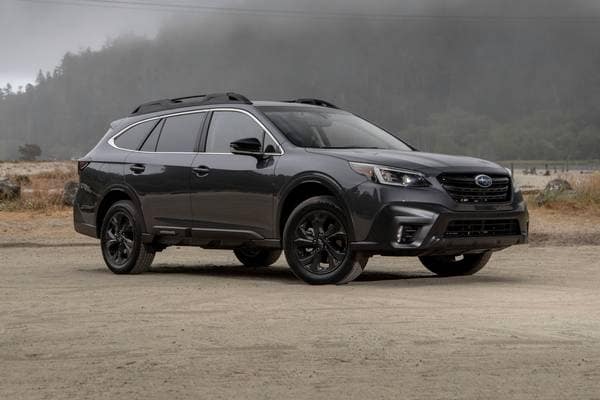
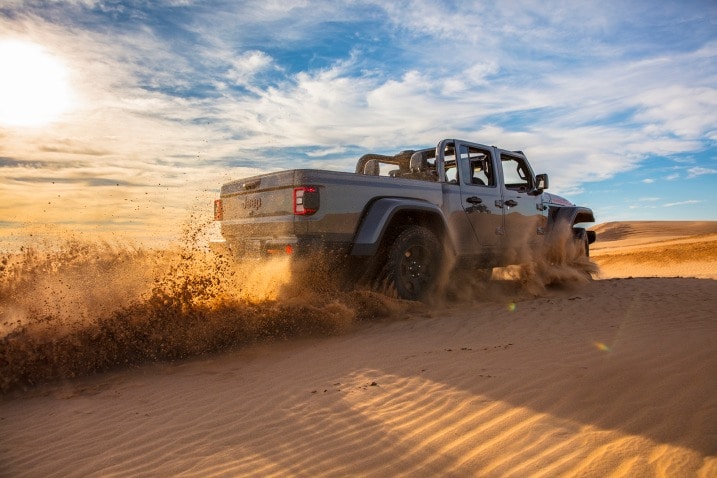

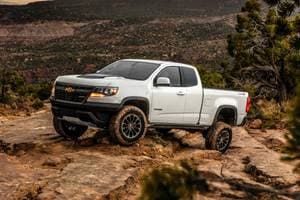
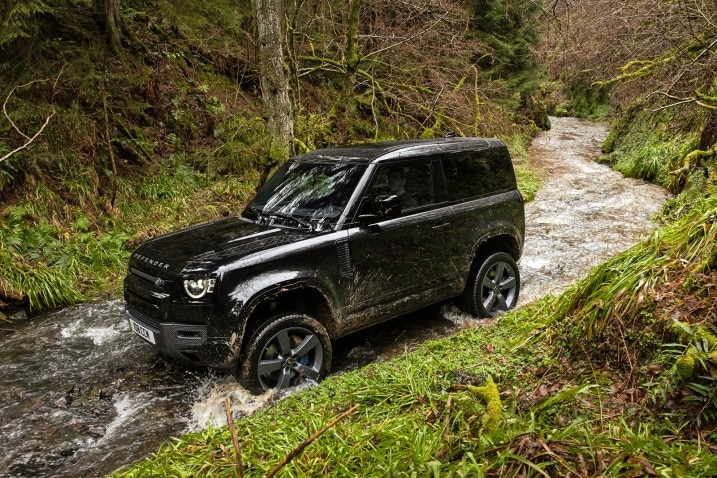

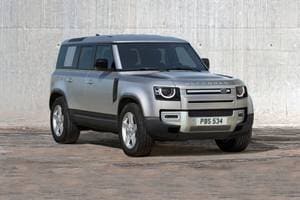
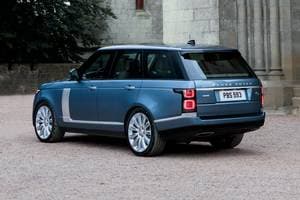
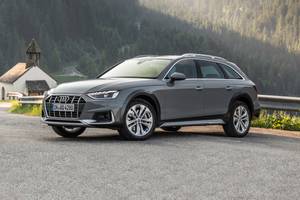
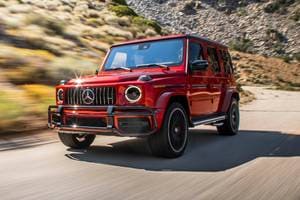

 by
by